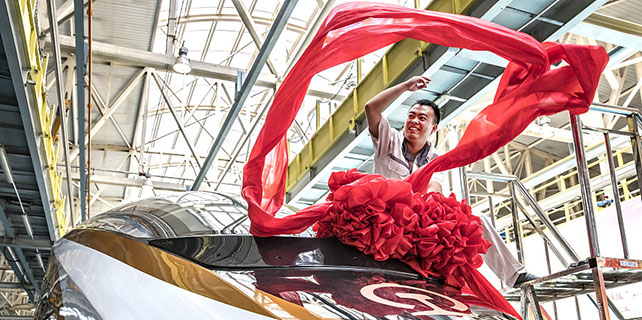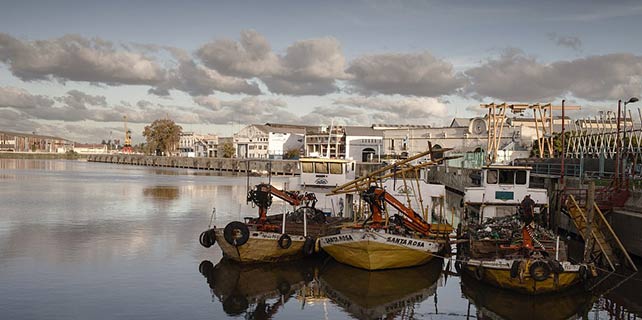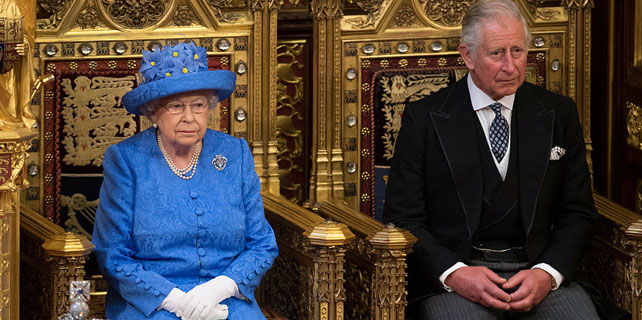Fight against drugs is a shared responsibility
 |
| China Daily cartoon |
Despite worldwide actions to combat drug trafficking and use, the problem is relentlessly worsening, with international drug cartels becoming more aggressive in expanding their markets and terrorists funding their activities with the production and sale of traditional narcotics.
The annual International Day Against Drug Abuse and Illicit Trafficking, which fell on Monday, is intended to highlight the connections between drugs, crime and terrorism, and raise awareness of the severe impacts that illicit drugs have not only on people's health and the well-being of families and communities, but also on peace and stability.
It also served as a timely reminder of the severe challenge China faces in its fight against drugs.
As in previous years, police seizures of heroin, cocaine and methamphetamines were destroyed, and convicted drug traffickers executed as a demonstration of the government's determination to build a society free of drug abuse.
Yet despite that resolve, the figures make for grim reading.
As of the end of 2016, China had about 2.5 million registered drug users, an increase of 6.8 percent year-on-year, according to a report released by the National Narcotics Control Commission in March.
And the main victims of drugs are young people who are tempted to try drugs for fun and end up being ensnared by them. Although the number of drug users under 18 almost halved in 2016, largely due to government efforts in raising awareness among students about the dangers of drugs, the majority of new users are aged between 18 and 35. Adept at using the internet, they have created a new challenge as illegal transactions are increasingly conducted in the virtual world, making it even more difficult for police to track down drug dealers.
And China faces a particularly tough challenge in combating drug trafficking as it sits close to two of the world's most notorious drug-producing regions. To its south is the "Golden Triangle", which once produced half of the world's opiates and is now famous for its vibrant methamphetamine trade. To the west is the "Golden Crescent" which includes Afghanistan, a country that accounts for 85 percent of the world's non-pharmaceutical grade poppy production, according to the World Drug Report 2017 produced by the United Nations Office on Drugs and Crime.
All this calls for enhanced communication and cooperation between China and its neighbors to combat drug trafficking, and continued efforts to raise the awareness of young people about the risks of drugs, including new psychoactive substances.
It is a shared responsibility of all countries to fight drug related crimes, and a shared responsibility of society to ensure young people can say no to drugs.
















